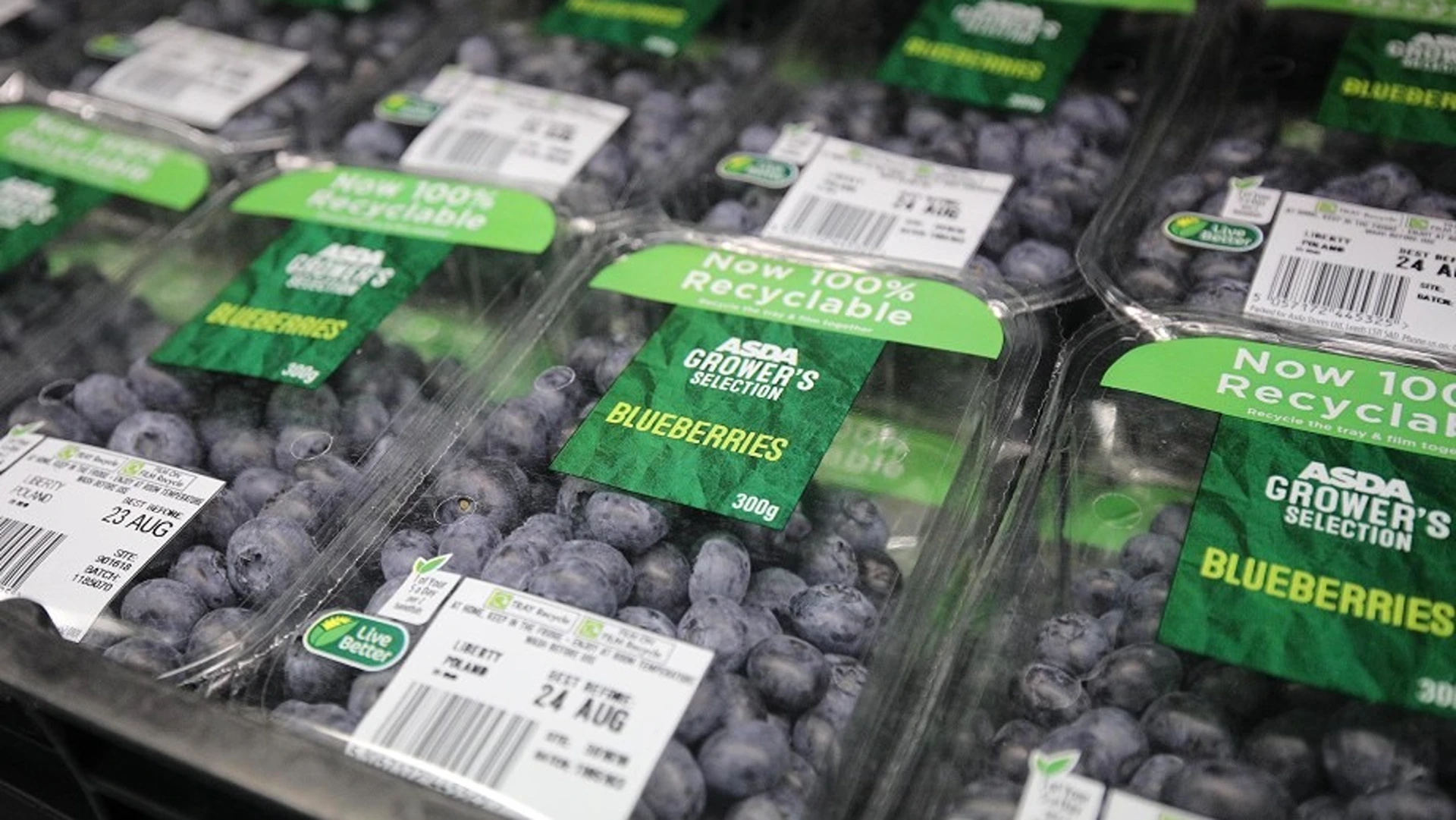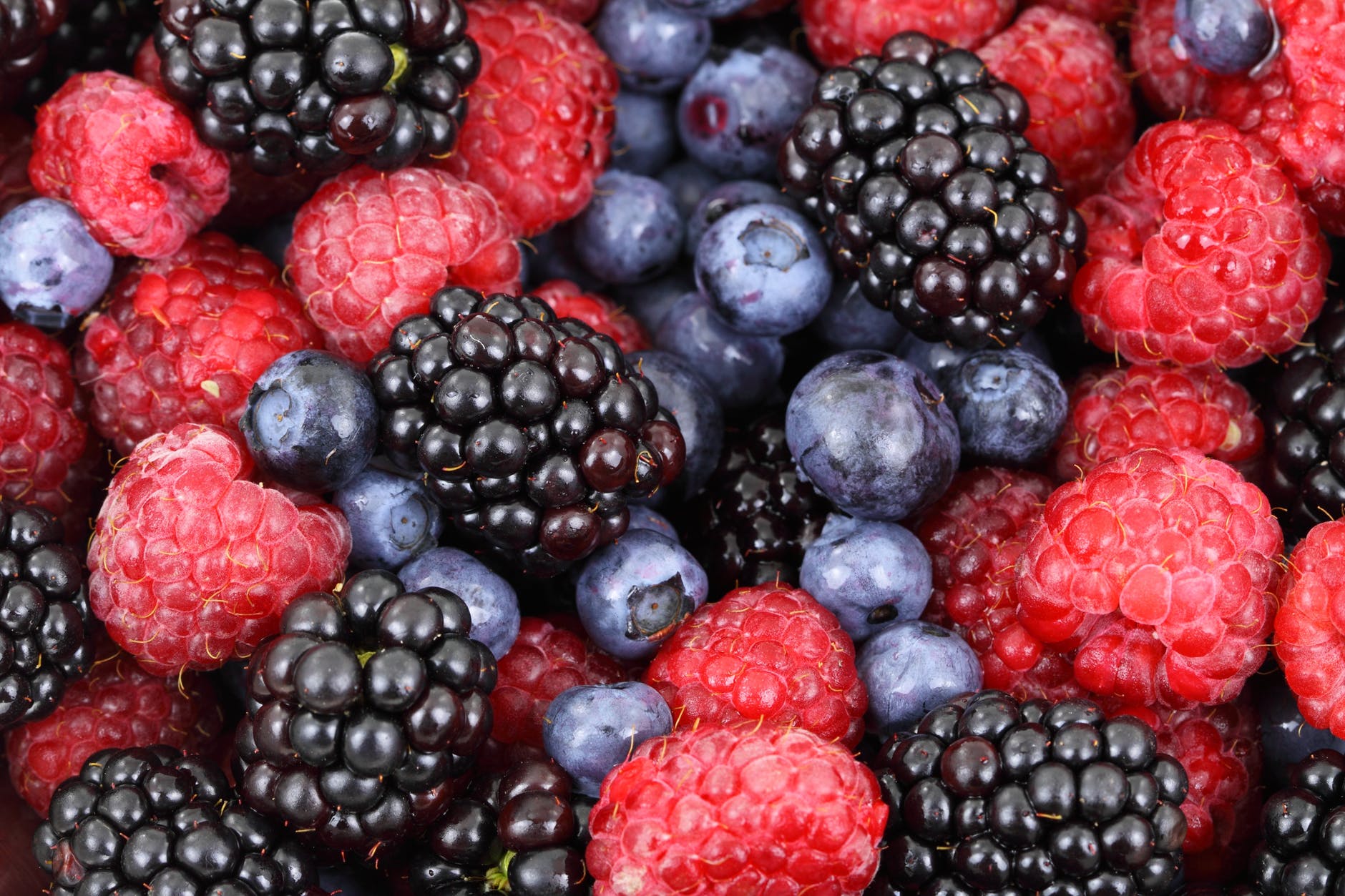INFLATION AT 7.9% IN THE US
The US consumer price index increased by +7.9% for the 12 months ending February 2022. This was the largest 12-month increase since July 1981, according to the Bureau of Labor Statistics. Multi-outlet shops measured by the IRI in the United States, including supermarkets, clubs, supercenters, and other retail grocery shops, also showed continued food price inflation above high levels in 2020 and 2021.
In February 2022, the average price per unit of all food and beverages increased by +10.3% compared to the same weeks in 2021 and by +16.8% compared to February 2020. This means a continuous acceleration of the inflation rate since autumn 2021. For the final 52 weeks ending February 27, 2022, prices rose +6.0% - the annualized number pulled down by much milder inflation in the second quarter of 2021. "In our February IRI survey, we found that 90% of shoppers have noticed price increases across grocery departments and a 96%share of these consumers are concerned," said Jonna Parker, Team Lead at IRI.
CONSUMER REACTIONS
"In response, 75% of consumers have already made one or more changes to their food spending, a significant increase from 64% in January 2022. In addition, consumers are withdrawing from restaurant visits. This is not so much because of COVID-19, but as a means of saving money. Consumers estimate that 82% of their meals in a typical week are prepared at home in February 2022″.
THE FRUIT AND VEGETABLE DEPARTMENT
Prices for fresh produce also increased compared to last year at a slightly higher rate than for total food and drink. In February 2022, the price per unit weight for total fruit and vegetables increased by +10.9% compared to February 2021. The last 52-week figure was lower, at +7.6%, given the much milder inflation in the second quarter of 2021.
Fresh vegetable inflation was well below average at +6.2 in February, in contrast to fruit which reached the highest levels ever at +16.1%. "Fresh produce inflation has reached double digits and consumer concern about these types of price increases is shared by the industry," said Joe Watson, VP, Retail, Foodservice & Wholesale at IFPA.

"Consumers are focused on finding good prices and promotions and minimising waste at home, which places great emphasis on freshness and shelf life in the shop. At the same time, consumers balance their spending between canned, frozen and fresh purchases and many simply buy less to meet their budget. Many of these measures put pressure on volume sales.
BERRIES AND FRESH FRUIT
Berries account for 27% of fresh fruit sales and have shown consistently higher growth in sales than the fresh fruit category since 2019. As of February 2022, berries had sales of $756 million.
ANNUTIVE STATEMS: GROWTH IN IN INCOME IN COMPARISON WITH THE CORRESPONDING PERIOD
| Fresh fruit | Berries (strawberries and berries) | |
| 2019 | -0.2% | +4.4% |
| 2020 | +8.7% | +14.2% |
| 1st quarter 2021 | +5.1% | +10.9% |
| 2nd quarter 2021 | +4.5% | +9.2% |
| 3rd quarter 2021 | +6.2% | +11.2% |
| 4th quarter 2021 | +10.9% | +16.5% |
| January 2022 | +10.1% | +14.8% |
| February 2022 | $ 2.8 billion | $ 756 million |
| Change 12 months value | +11.5% | +19.4% |
| Change 12 months quantity | -3.9% | +20.1% |
In February 2022, berries were the top fresh fruit category in terms of value sales growth. With an increase of 19.4%, the absolute increase in sales was $123 million compared to February 2021.
STATES UNIVED: MAIN CATEGORIES BY GROWTH IN IN INCOMENT (FEBRUARY 2022)
| Var. $ | Var. % $ | Turnover | Price change | |
| Berries | +$123 M | +19.4% | $ 756 M | +16.1% |
| Avocado | +$42 M | +22.4% | $ 228 M | +36.6% |
| Melon | +$32 M | +29.7% | $ 141 M | +10.2% |
| Apples | +$23 M | +6.9% | $ 356 M | +12.9% |
| Grapes | +$16 M | +6.4% | $ 275 M | +20.4% |
| Lime | +$16 M | +33.2% | $ 63 M | +57.0% |
| Oranges | +$14 M | +12.6% | $ 128 M | +16.7% |
WHAT TO EXPECT
The market disruption caused by inflation and supply chain challenges shows no signs of abating any time soon.
- Right now, inflation levels have a much greater impact on food buying patterns than COVID-19, with 90% aware of price increases and 96% extremely concerned, according to IRI shopper research. This compares with only 31% of people extremely worried about the Coronavirus in February 2022.
- 45% of shoppers stocked up on certain items in February. 20% did so because they feared it might not be available on future purchases and 16% because they believed prices might be higher on their next visit.
- 81.7% of meals in February were prepared at home. This remains well above the July 2021 low of 77%.
- Almost a third of Americans, 32%, expect their financial situation in a year's time to be somewhat or much worse than it is now, while 45% believe it will be the same.
- 13% of purchases were made online in February, driven by curbside pick-up - meaning 87% of trips were made in-store, underlining the important role of products in shop selection. Only 4% of US shoppers exclusively buy groceries online.
Source: 210 Analytics











